China's deep-sea sub explores Indian Ocean seabed
Updated: 2015-01-02 16:19
(Xinhua)
|
||||||||
ABOARD XIANGYANGHONG - China's deep sea manned submersible Jiaolong on Friday carried out the first dive on a mission to study active hydrothermal vent in the southwestern Indian Ocean.
Jiaolong for the first time also took the second batch of pilot trainees in the diving, which was intended to enable the trainees to learn some skills of submersible operation in active hydrothermal vent and collect samples of hydrothermal fluid, sulfide, rocks, sediment and water, said Yu Hongjun, chief commander of the mission.
"Besides, they (the pilots) will try to place some biological observation devices in hydrothermal vent," Yu said.
In this dive, Jiaolong will be operated by pilot Fu Wentao and he will teach pilot trainee Qi Haibin in practice.
Scientists are able to see active hydrothermal vent and polymetallic sulfide in seabed and know the exact site and environment of samples when diving with Jiaolong, Tao Chunhui, chief scientist of the mission, said.
The information is important for China's future research in the polymetallic sulfide exploration contract area, Tao said.
The hydrothermal sulfide is a kind of seabed deposit containing copper, zinc and precious metals such as gold and silver. Those metals formed sulfides after chemical reactions and came to rest in the seabed in "chimney vents."
The diving area is within China's exploration contract area that was inked by the International Seabed Authority and China Ocean Mineral Resources Research and Development Association (COMRA) in 2011 and was 10,000 square kilometers in size.
Jiaolong was expected to dive 20 times to research polymetallic sulfides, biological diversity, hydrothermal microbes and genetic resources in the southwestern Indian Ocean in a 120-day expedition.
Named after a mythical dragon, Jiaolong reached its deepest depth of 7,062 meters in the Pacific's Mariana Trench in June 2012 and started its five-year trial period in 2013.
- China's deep-sea sub Jiaolong dives in Indian Ocean
- Jiaolong plumbs new depths
- Submersible Jiaolong returns to home port
- China's Jiaolong submersible finishes first dive this year
- Submersible Jiaolong to be released for scientific research
- Jiaolong sets for Pacific voyage
- China's submersible Jiaolong displayed in Fuzhou
- Jiaolong submersible sets for Pacific voyage
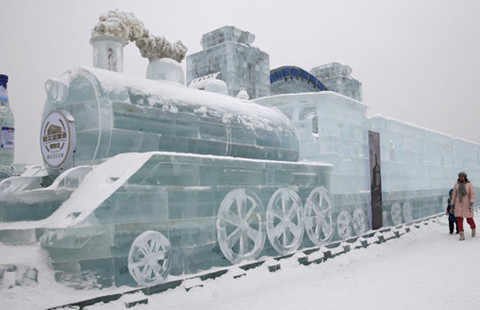
 Harbin gets ready for ice and snow festival
Harbin gets ready for ice and snow festival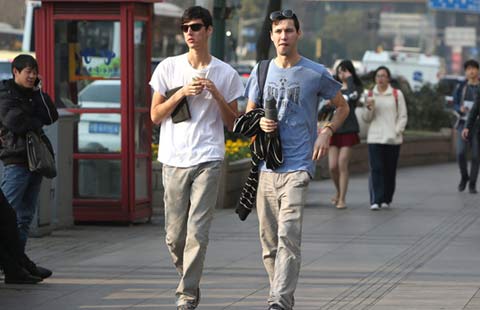
 Shanghai, Nanjing heat up just before predicted cold
Shanghai, Nanjing heat up just before predicted cold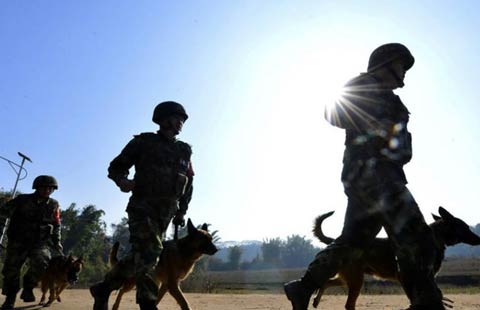
 Police frontier force conducts military exercise
Police frontier force conducts military exercise
 Carpenter creates e-vehicle with wood in Shenyang
Carpenter creates e-vehicle with wood in Shenyang
 Thousands gather in NYC for funeral for slain police officer
Thousands gather in NYC for funeral for slain police officer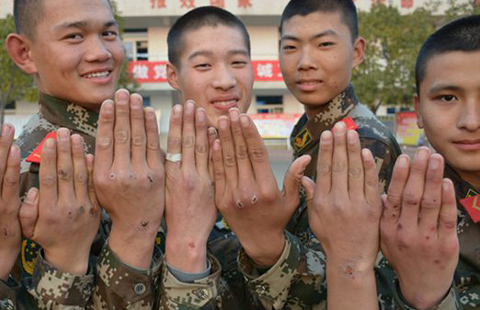
 Scars of honour
Scars of honour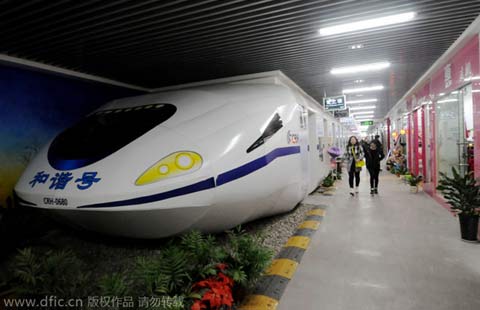
 Mall turns shops into rail carriages
Mall turns shops into rail carriages
 Martial arts conference to be held in Georgia
Martial arts conference to be held in Georgia
Most Viewed
Editor's Picks
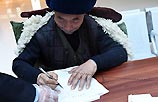
|

|

|

|

|

|
Today's Top News
What's in store for the stock market in 2015?
Alleged serial killer stands trial in North China
College uses Shanghai stampede to justify its policies
China braces for slower but better growth in 2015
New York mourns slain Chinese-American police officer
Chinese VP attends Brazilian president's 2nd-term inaugural
Brazil uses antidumping measures against China
Thousands gather in NYC to see off slain policeman
US Weekly

|

|







